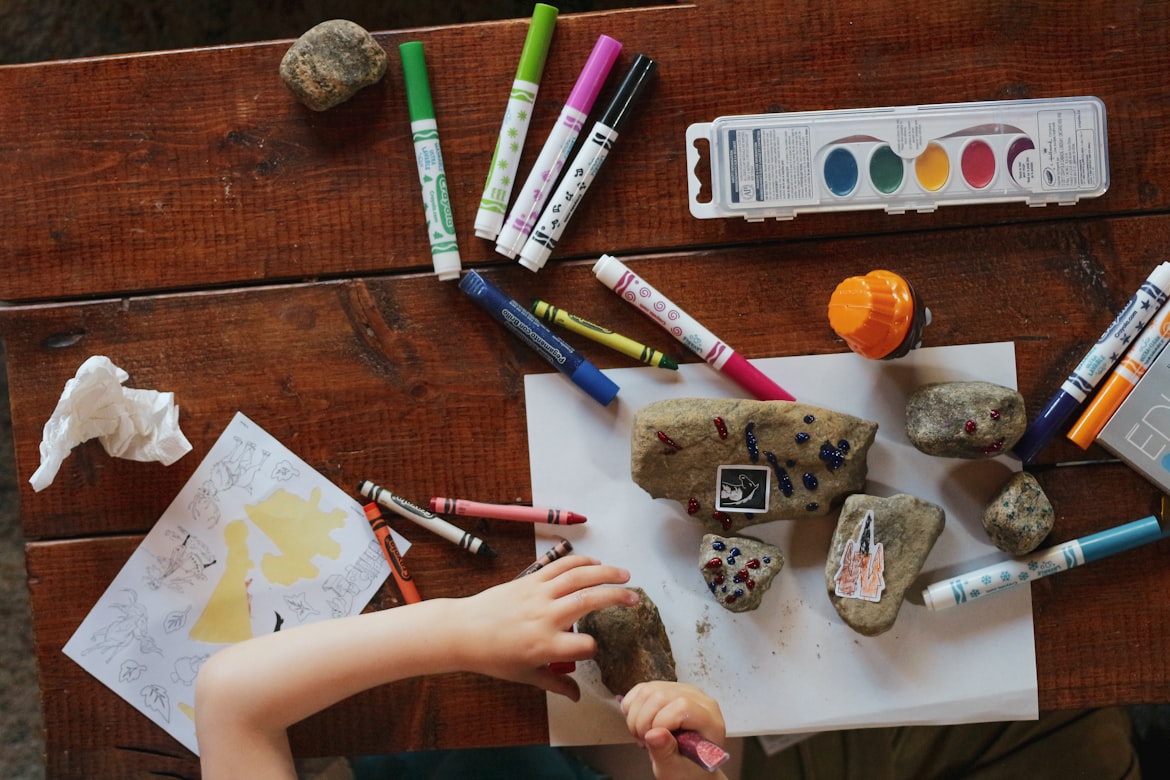How Does Art Therapy Work?
How Can Art Therapy Benefit People?
The majority of people are relatively unfamiliar with the notion of art therapy. They look for therapy because they are profoundly unhappy with one or more aspects of their life. Because of a lack of progress or a communication barrier, traditional talk therapy often fails to provide the desired results. According to me, art therapy is the purposeful use of creative methods and supplies to problems relating to one's own personal development.
Counseling And The Visual Arts
Art therapists must possess a master's degree in human development, mental illness assessment and diagnosis, psychology, counseling, art therapy theory, studio art, ethics, and cultural competence. Additionally, they must possess a license from the relevant state. There are many ways that an artist's treatment might be customized to meet the unique requirements of a client. The way that one individual uses art therapy will probably be quite different from the way that another person uses it. For instance, the requirements of a client with autism who is struggling to communicate and those of a cancer patient who is trying to make sense of his or her medical calamity are quite different. Art therapy may help people of all ages and socioeconomic backgrounds and may enhance their quality of life. Visual art expression's value in obtaining understanding and increasing self-awareness is continual.
Emotions And The Brain
The brain's amygdala, which deals with emotions, also deals with sensory and visual information. Since emotional tiredness triggers the nervous system to overreact, it has an impact on many facets of everyday life, including sleep, food, social interactions, productivity, and even physical health. People who are emotionally spent may strive to avoid the things that make them feel this way. A person's capacity to develop and enhance their quality of life may be hindered by such attempts, which may result in harmful coping methods and behaviors. Since the amygdala is in charge of processing emotions, images, and sensory data, all of which may be used to aid individuals in better comprehending and controlling their emotions. People feel less overwhelm and want to avoid it as they grow more adept and confident at managing their emotions. As a consequence, maladaptive behaviors and coping strategies are less commonly used.
Why Is Art Therapy Beneficial?
An art therapist will use a number of tools and methods while working with clients to elicit sensory reactions and produce imagery that is directly related to their emotions. This method, which includes reliving feelings in order to create a narrative around them, may help people absorb and understand traumatic situations better. Thus, it is feasible to create new words that make it easier for people to communicate with one another. The ultimate objective of client work is to assist the client in developing a deeper awareness of themselves, new coping mechanisms for life's difficulties, and new views on their surroundings.
It's Not Art Therapy
Making therapeutic art is not the same as art therapy. We can all agree that making art is soothing, but working with a professional artist has different advantages to doing it alone. It is obvious that both have benefits. The success depends on the therapeutic relationship that develops between the art therapist and their client. Instead of just making art that makes people happy, an art therapist is first and foremost trained to analyze, diagnose, and create a treatment plan that acts as the therapy's direction. Art therapists are experts in identifying the creative methods and supplies that are most suited to a given client's requirements and objectives and using those methods and supplies to treat their patients.
Breathe, Then Create Art
Many people find it confusing when the term "art therapy" is used to describe activities like coloring pages or an evening spent attending a wine and painting event. Why? People engage in such activities because they enjoy the energizing and revitalizing effects as well as the calming effects thereafter. On the other hand, there has to be a distinction between therapeutic art making and art therapy. In certain places, using the phrase "art therapy" to refer to anything other than treatment provided by a certified art therapist is against the law.

